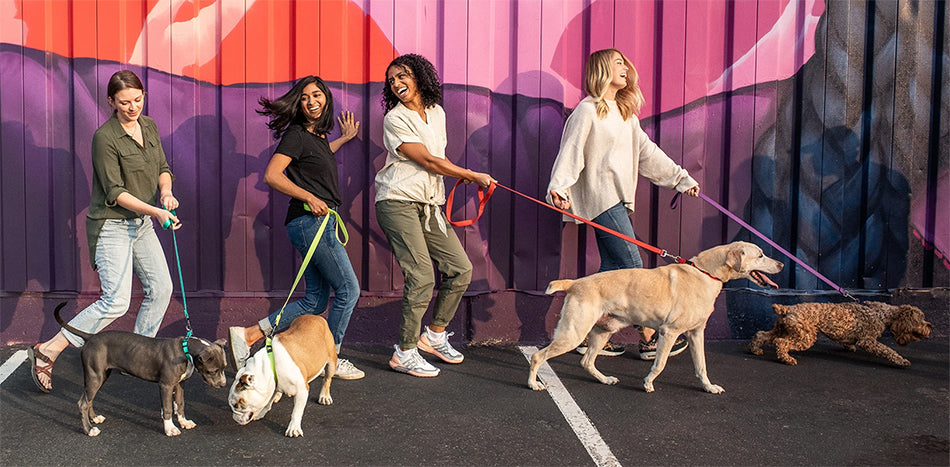Your cart is empty. Let's fix that!


Eeek, we know you don’t even want to think about it, but (if you’re lucky), your dog will reach senior age. The exact age your dog is considered to be a senior differs from breed to breed. According to the AVMA, large dogs reach senior status much more quickly (at age 7 or 8, typically) than smaller breeds (around 10 or 11 years old). And while your dog probably won’t get into AARP, they do require certain senior dog diet considerations.
Here are some of the questions we most commonly hear about adjusting to a senior dog diet:
According to Neutricks, as dogs get older, their metabolism will slow down. This means they don’t require as many calories to run their usual laps around the yard or park. When your dog gets to be about seven years old (or five years old for giant breeds), make sure to consult with your veterinarian to find out if you should reduce the amount of food you’re feeding them each day. Oftentimes, you can keep feeding your dog the same food, just in a smaller quantity. Selecting a food with a lower percentage of fat, around 10 to 15%, will also help reduce their caloric intake.
Research around how much protein senior dogs need is lacking. Some companies and vets proclaim that a lower protein diet is easier on kidneys of older dogs, while others believe that a higher protein diet helps maintain muscle strength. At “I and love and you,” we believe in keeping it balanced! We recommend 25-30% protein in dry food and 8% or more in wet food, for a proper senior dog diet.
Poop is all-telling! Making sure your dog gets enough fiber is increasingly important as they age and their digestive system becomes more sensitive. Aim to feed them a food with 4-7% fiber content so passing it is a breeze.
According to American Kennel Club, as dogs age, many suffer from arthritis. This painful condition occurs when your dog’s cartilage begins to deteriorate between their bones. Arthritis leaves the dog in severe pain from the bones rubbing together. Glucosamine is the answer to mitigating joint pain in senior dogs. Glucosamine is a natural, over-the counter arthritis remedy that alleviates joint pain from arthritis, helps with structural problems and eases recovery from joint surgery. “I and love and you” is one step ahead! Their Hip Hoppin’ Hearties support healthy joints and are created with Glucosamine, green tea extract, real chicken and no artificial anything.
We believe in food for all life stages at “I and love and you,” which is why all of our kibble formulas are formulated for adult and senior dogs alike. Getting the right amount of protein, fat and fiber is important for dogs of all ages to ensure they have a real woofin’ long life!
Raw food has a lower fat content, balanced protein and high fiber content compared to formulations for adults but switching to a raw food isn’t always necessary. If your senior dog has a difficult time chewing or digesting regular kibble, ask your vet if switching to raw food like Raw Homemade could be a good solution for them.
As your dog reaches senior age, regular veterinary checkups become more and more important. If only all dogs could live to be 100!